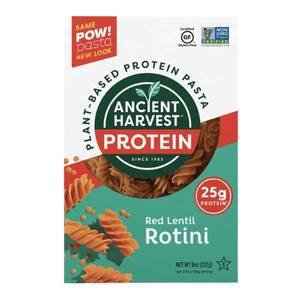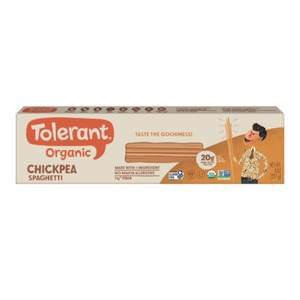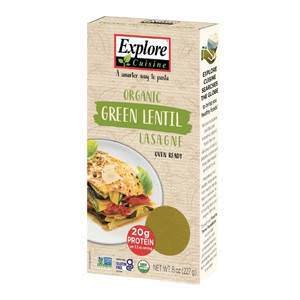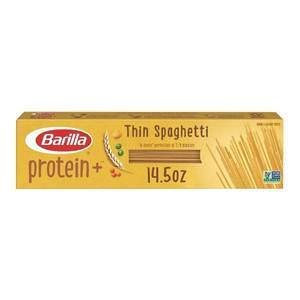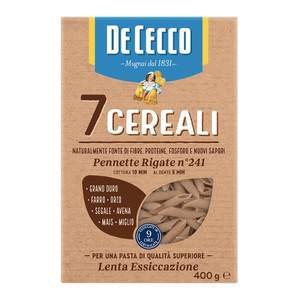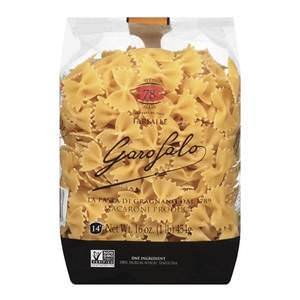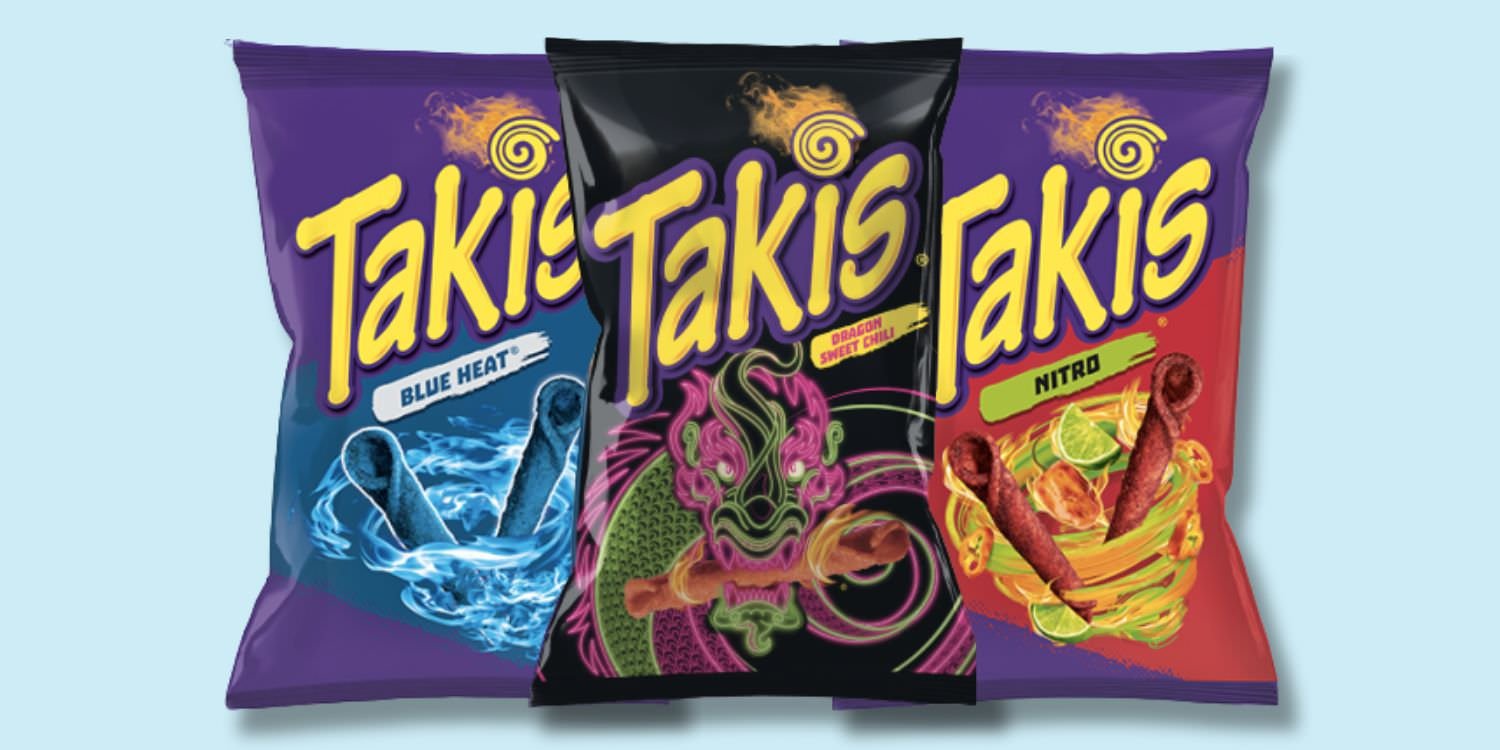Is Pasta Vegan? What You Need to Know
Wondering if traditional pasta is vegan-friendly? There are certain points we need to understand in order to identify store-bought vegan pasta, or vegan pasta dishes at restaurants. Ingredient lists can often be difficult to navigate as vegans, since even seemingly-innocent ingredients could negatively impact our animal friends. Thankfully, when it comes to pasta, the process is quite straightforward. Typically, if your pasta does not contain animal-derived ingredients, it should be vegan-friendly. Keep reading to find out if your favorite type of pasta is vegan!
Is Pasta Traditionally Vegan-Friendly?
Most pasta is made with semolina flour. This is the name given to high-gluten hard durum wheat flour that is milled to a course, intermediate texture. Traditionally, this flour would be combined with eggs, which would serve as a binding agent to create various shapes that would easily hold their form. This was the case for both fresh pasta and dry pasta.
However, pasta can also be made with simple ingredients like semolina flour combined with water. So, most pasta manufacturers opt for this cheaper alternative to lower production costs and offer a more budget-friendly product. Thanks to this initiative, most store-bought pasta is totally vegan.
That said, not all popular brands omit the use of animal products. Often, specific types of pasta like lasagna sheets, ravioli, and tagliatelle are made with egg yolks, egg whites, cheese, milk, meat, or seafood. So, you'll always want to check the label to be sure about what you're purchasing.
Non-Vegan Ingredients Found In Authentic Pasta Dishes
Although store-bought pasta itself is often vegan, many restaurants will use their fresh or commercial pasta to make dishes that contain meat, dairy, and/or eggs. In fact, some restaurants may infuse animal ingredients like eggs, cheese, or even squid ink into their pasta dough.
So, how can we know we're purchasing or ordering totally vegan pasta? This can be tricky! Firstly, when shopping at the grocery store, we can easily check for animal ingredients by reviewing the allergens. Ingredients like eggs and dairy will almost always be pointed out at the bottom of the list in bold letters, since they are common allergens. This way, we can quickly discard the most obvious non-vegan products.
If the label mentions that the product was "manufactured on equipment that processes eggs/dairy", it could still be vegan-friendly, since these were not ingredients used to make the product. They simply have to mention this in case you're allergic to one of these ingredients and cross-contamination happens to occur. Simply watch out for any directly-added animal ingredients like mozzarella, whey protein, milk, or eggs.
Once you find a type of pasta that does not contain eggs or dairy products, you can go on to check if any additional animal ingredients were added. Some common questionable ingredients you may keep an eye out for are mono and diglycerides (could be sourced from plants or animals), vitamin D3 (derived from sheep wool), or squid ink (often used to color black pasta).
If you're eating out at a non-vegan restaurant, the easiest way to enjoy a 100% vegan-friendly meal is by letting your waiter know you don't eat animal products (including dairy and eggs) from the start. This way, they'll be able to point out which of their dishes are already vegan, or which they can 'veganize' by omitting or substituting any animal-based ingredients included in the dish. They could also inform the chef, so they can make sure to prepare an animal-free meal for you.
Otherwise, simply search for the dish that seems most vegan-friendly, and ask your waiter whether or not it contains any animal ingredients like cheese, eggs, or meat. You may also want to mention you don't eat parmesan, as many waiters are quick to use it as a final garnish as soon as the dish reaches your table.
Popular Vegan Pasta Dishes
When it comes to pasta dishes at restaurants, the trouble is usually in the sauce. Even in seemingly-vegan dishes, small amounts of butter, cream, anchovies (traditionally used in Puttanesca sauce), parmesan, and other almost unnoticeable animal ingredients could be added. So, while it's always best to ask, here are some quick dishes to keep in mind, which are often prepared vegan-style:
Spaghetti aglio e olio. This is a dish made of just olive oil, garlic, parsley, chili flakes, and sometimes parmesan cheese. Simply skip the cheese to veganize!
Ciceri e tria. Made with tagliatelle pasta, chickpeas, and fried pasta, this dish is often 100% vegan! Just make sure the tagliatelle is made without eggs.
Pasta alla norma. When you combine pasta, marinara sauce, and eggplant, you get 'Pasta alla norma'! However, some like to top it off with mozzarella or parmesan cheese. Simply let your waiter know you'd like to avoid any dairy products, to be safe.
Lagane e ceci. A simple dish of chickpeas, garlic, and oil, this traditional meal may be prepared totally vegan-friendly at your favorite authentic Italian restaurant! However, some do add a touch of cheese to the dish, so keep this in mind when ordering.
Penne all'arrabbiata. Do you like spicy food? This dish holds just the right amount of heat in a vibrant tomato sauce covering a bed of al dente penne pasta. Its strong, easily recognizable flavor has made it popular among vegans and non-vegans alike! However, you may need to make sure it isn't topped with parmesan cheese.
Pasta e fagioli. Although pasta stewed with beans may seem like an odd combo to some, this is actually a delicious and authentic Italian dish! However, some restaurants do add pork to the dish, so you'll want to ask about this. Usually prepared in soup form, it's the perfect meal to top with a drizzle of extra virgin olive oil and combine with some warm, fresh garlic bread. Yum!
Pasta pomodoro e basilico. Possibly the most simple (albeit delicious) dish of all, 'Pasta pomodoro e basilico' is made with pasta, tomato sauce, and basil leaves. That's it! You'll find this classic in most Italian restaurants, making it a go-to comfort dish for many vegans around the world.
Is Gluten-Free Pasta Vegan?
Unlike other gluten-free treats, like GF cakes and cookies, store-bought gluten-free pasta is often made egg-free. Instead, they're made with legume or grain-based flours, and sometimes added natural gums and starches. This makes them not only a vegan-friendly option, but also a good choice for those who want to include more protein or plant diversity in their diet.
However, that's not to say all types of gluten free pasta are vegan. You may come across gluten-free egg noodles, gluten-free ravioli stuffed with cheese, or gluten-free lasagne sheets made with eggs. So, you will need to take the same measures you would with conventional pasta to make sure it's animal-free.
Vegan & Gluten-Free Pasta Brands
Vegan Pasta Brands To Shop For Online
Aside from our top gluten-free picks, there are plenty of conventional vegan pasta varieties to explore. Have a look at the top store-bought vegan pasta options below!
We hope you were able to find the info you needed in our complete guide to vegan pasta! If you're looking for an epic store-bought vegan sauce to pair with your Italian dishes, check out our list of top vegan pasta sauces here. And finally, don't forget to subscribe to our newsletter for weekly updates, info, and advice to help you simplify your vegan lifestyle!


